Order: Strigiformes. Family: Strigidae
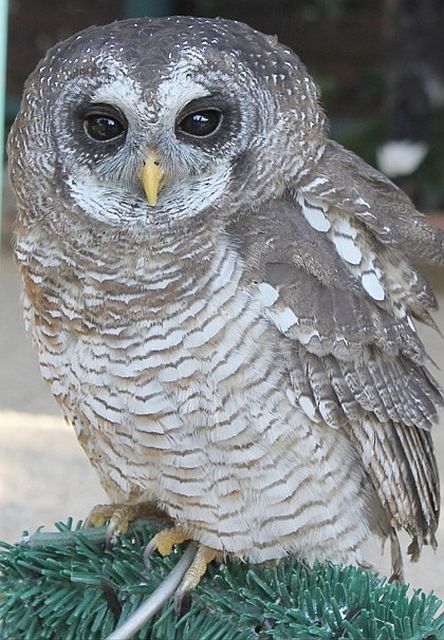
Description
It is 30-36 cm long and weighs from 240 to 350 g. Strix woodfordii is a medium-sized strictly nocturnal owl. It has a rounded head without 'ear' tufts, a dark face with prominent white eyebrows and dark brown eyes surrounded by white. Brown above spotted with white, rufous and dark barring on whitish background below.
Immature has smaller eye-orbits and darker colouring.
Distribution
It lives in Africa from Senegambia to Sudan and south to Angola, the Democratic Republic of the Congo, Kenya, and on the east coast to South Africa. The distribution of the Wood Owl in southern Africa is essentially that of a tropical African species, extending south in moist woodland. Outside SA, Wood Owls are found throughout Mozambique to the east and most of Central and West Africa in tropical woodlands south of the Sahara. It occurs also in forests fringing the Drakensberg range and in the eastern highlands of Zimbabwe. The nominate subspecies occurs in southern Africa, including southern Angola, southern DRC and southern Tanzania.
Habitat
It lives mainly in forest and woodland though it sometimes inhabits plantations.
Diet
It eats mostly insects (such as termites, moths and beetles) but will also eat reptiles, small mammals, and other birds.
Breeding
It breeds from July to October. Most nests are started August–October. The same nest sites are used year after year, these generally being large natural cavities in trees. The female lays 1 to 3 (usually 2) eggs , which are incubated solely by the female for about 31 days, with the male doing all of the hunting. The chicks are cared for by both parents for the first week of their lives, after which the female only visits the nest occasionally. The chicks stay in the nest for about 30-37 days, leaving before they can fly. They scramble around the surrounding bush for about three more weeks, at which point they fledge, but they still remain dependent on their parents for about four more months.
Call
Its call is a loud series of fast hoots, a who-who, who-who-who are you? Listen to Bird Call.
Status
Fairly common localised resident. Classified as Least Concern (LC) on the IUCN Red List.




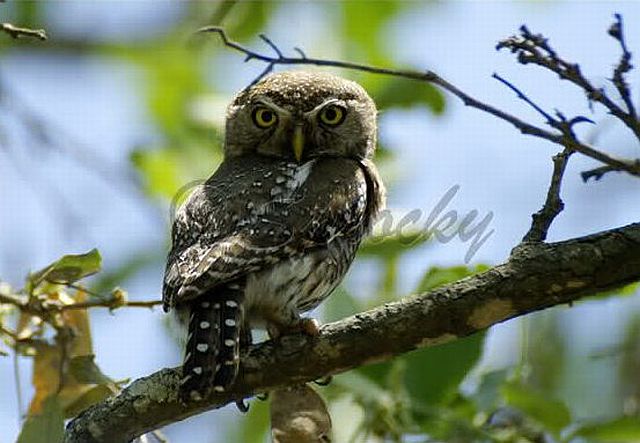
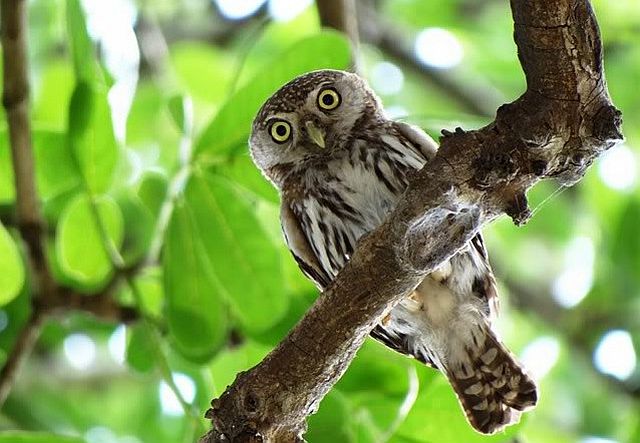 © JustN@ture
© JustN@ture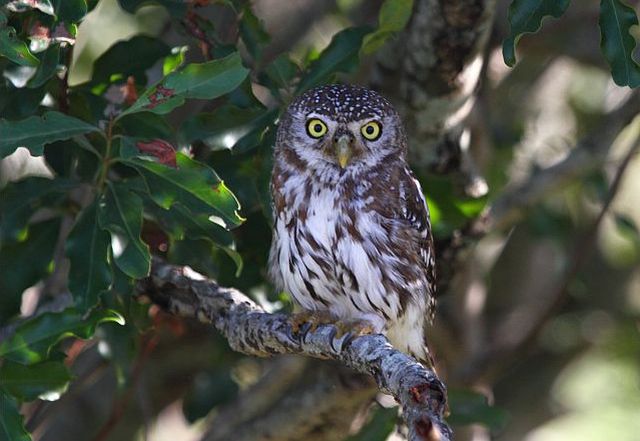 © Duke
© Duke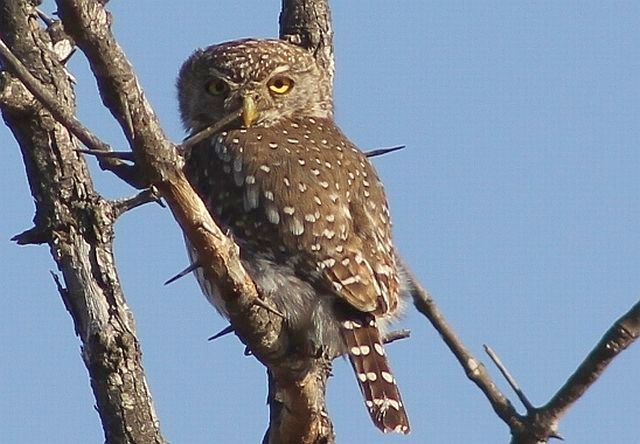 © Amoli
© Amoli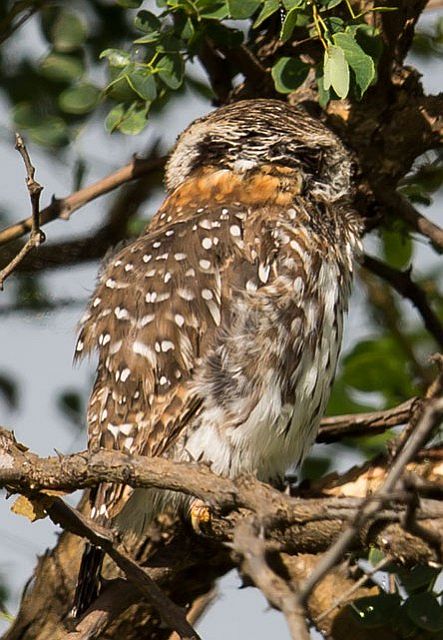 © Pumbaa
© Pumbaa 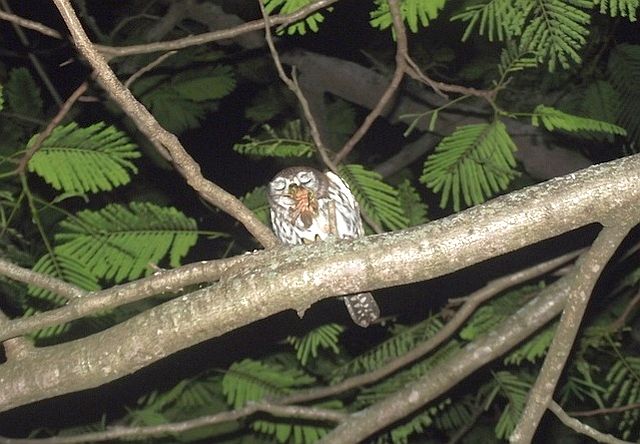 © mposthumus
© mposthumus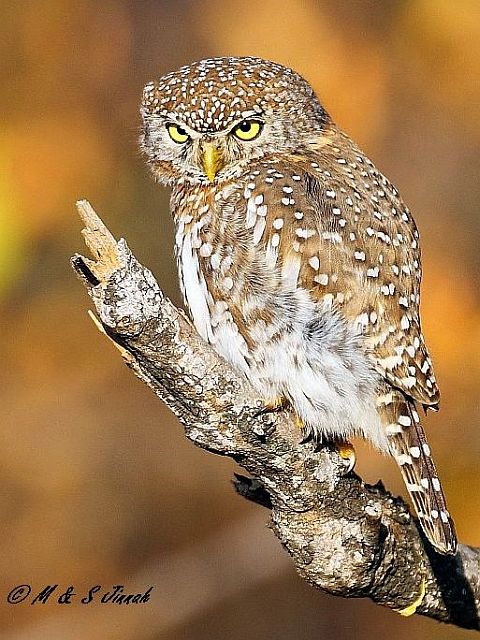 © Sharifa & Duke
© Sharifa & Duke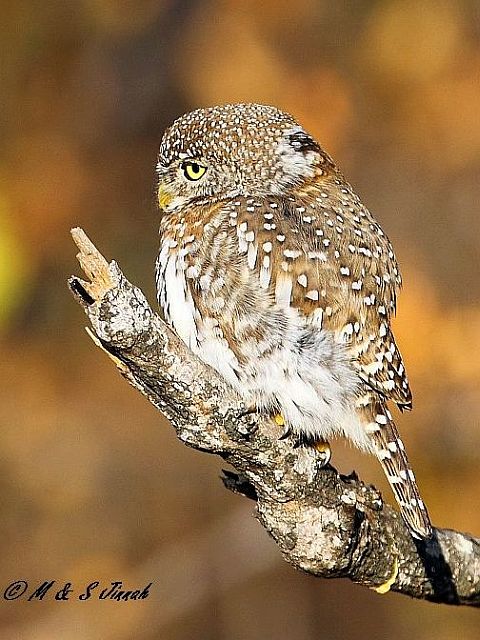 © Sharifa & Duke
© Sharifa & Duke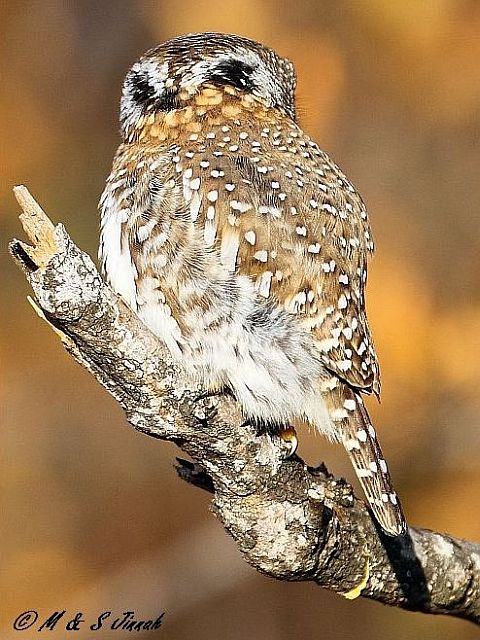 © Sharifa & Duke
© Sharifa & Duke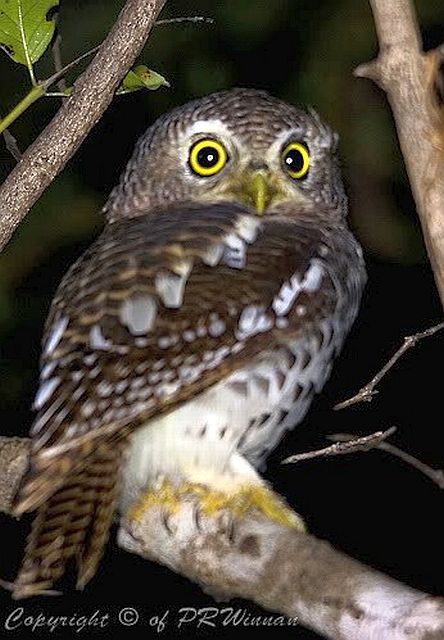
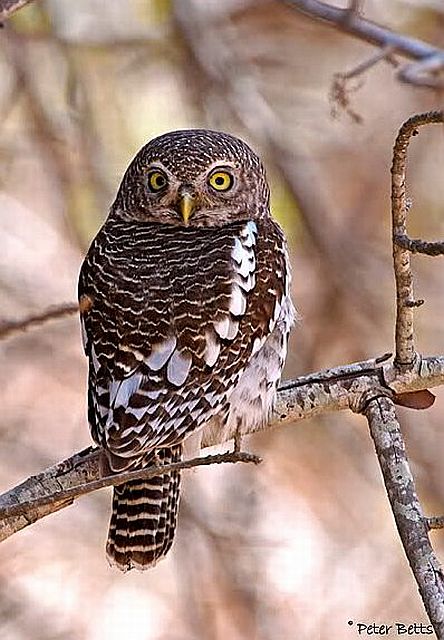 © Peter Betts
© Peter Betts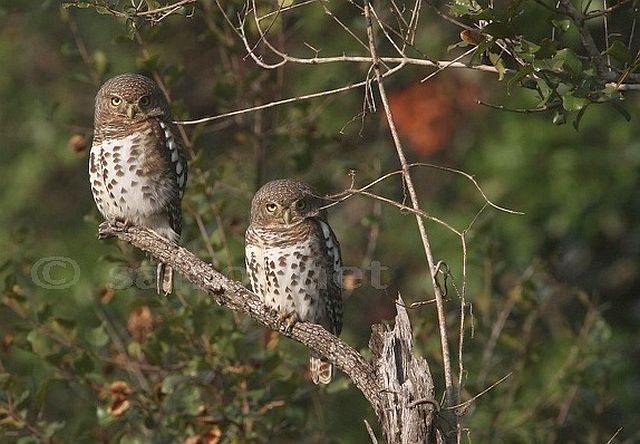 © nan
© nan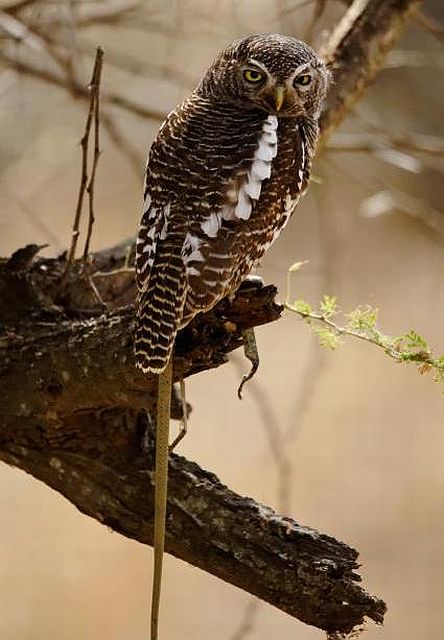 © Katja
© Katja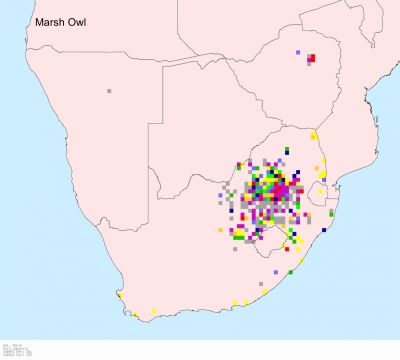
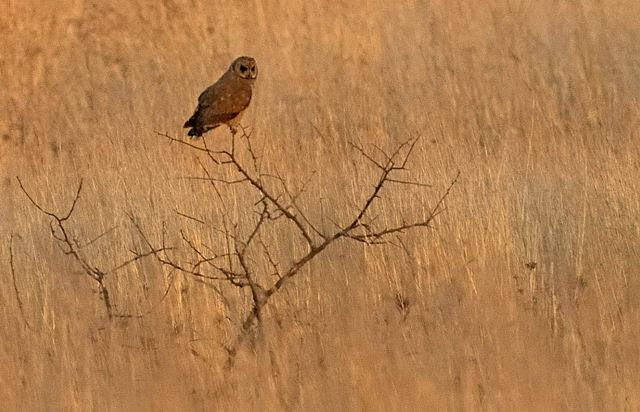 © Dewi
© Dewi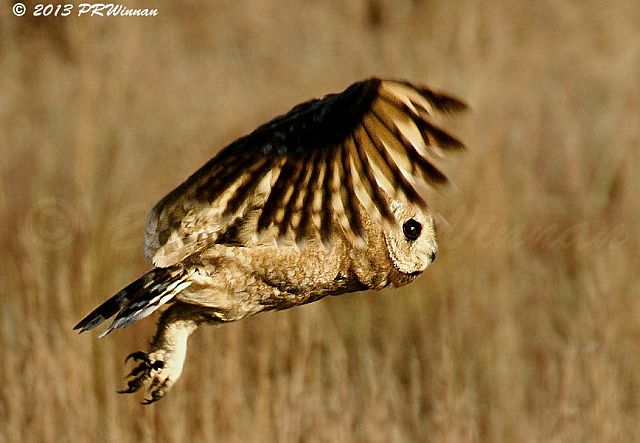 © PRWIN
© PRWIN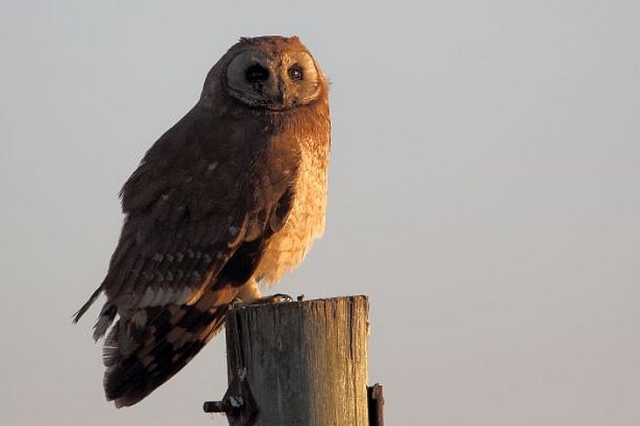 © Duke
© Duke © Duke
© Duke